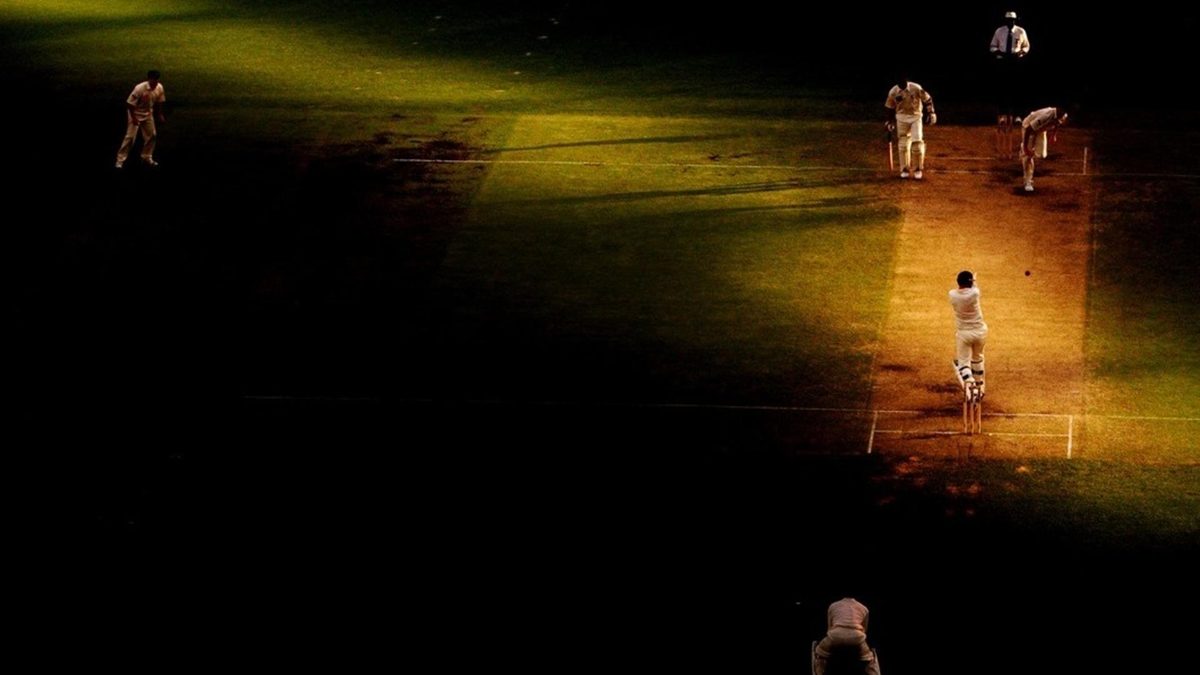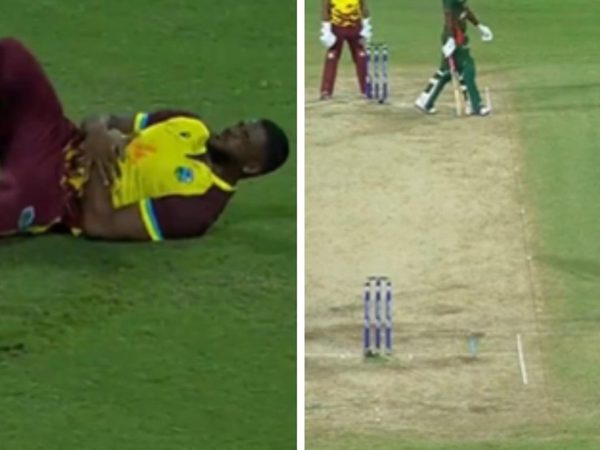
Between 1992-93 and 2008-09, Australia did not lose a single men’s Test series at home, but they were pushed hard from time to time. By New Zealand in 2001-02, for example.
Nothing in the first four days of the Brisbane Test match of 2001-02 hinted at a possible result. After Justin Langer (104) and Matthew Hayden (136) added 224 for the first wicket, Adam Gilchrist (118) had some fun down the order, allowing the hosts to declare on 486-9.
Despite being dented by Chris Cairns (5-146) at regular intervals, Australia managed to score at 3.70 an over. However, rain pushed their declaration to the third day, and amidst more rain, New Zealand ended the fourth day on 186-5.
Of course, the great Australian side still stood with a chance to make New Zealand follow on. The most New Zealand could hope for was a draw – or so everyone thought.
Nathan Astle (62) fell on 242. Cairns (61), on 243. Adam Parore went at 271. A young Daniel Vettori walked out to join Dion Nash (who was battling an injury), edged the first ball he faced, but Shane Warne dropped the chance.
That was all New Zealand needed. Nash and Vettori saw them past the follow-on mark. It was not lunch yet, but Stephen Fleming threw the gauntlet by declaring the innings closed.
“I’m convinced it’s the way Test cricket has got to go, entertainment-wise,” he would say after the day’s play.
Positive cricket and... other reasons
The intent to push for a result notwithstanding, Fleming had another reason to declare as well. Nash, as mentioned, was not fully fit, and neither was last man Shayne O’Connor. There was little point in making his injured fast bowlers spend time in the middle unless they had to.
Even then, it was a bold move, for New Zealand were down to two fit bowlers, Cairns and Vettori: what if Australia had opted for some batting practice and made the tourists spend two sessions on the field with a depleted attack?
The thought, however, did not occur to Steve Waugh: “We’re here to play cricket, to entertain and enjoy ourselves. You want to try and win a Test if you can. I don’t see any point in playing out for a dull draw.”
So out strode Gilchrist to open batting for the only time in his Test career. Craig McMillan shared the new ball with Cairns. Australia declared after 14 overs, at 84-2. They set New Zealand 284 in 57 overs – five an over – against Glenn McGrath, Jason Gillespie, Brett Lee, and Warne.
An unexpected assailant
New Zealand batted deep. With only 57 overs to bat, it made little sense for the openers to see out the new ball. Even then, it was not expected of Mark Richardson – he would end his Test career with a strike rate of 38 – to begin the onslaught.
But despite Matthew Bell’s early departure, Richardson went after the bowling. He took 54 balls to reach his fifty. New Zealand needed 213 in 40 overs. But now, not for the first time, Warne showed up, snaring Richardson and Mathew Sinclair in the space of eight balls.
Of course, there was no question of slowing down. Nathan Astle began with two boundaries off Warne. Fleming joined in. Waugh shuffled his bowlers, but New Zealand did not slow down. The pair added exactly 100 in the fading light. Then Warne struck again.
Cairns had been one-half of a pair that pulled off a famous chase against Australia at the 1999 World Cup. A year later, he had masterminded New Zealand’s chase in the Champions Trophy final against India. Fleming now promoted him for the final onslaught.
In another era, the Test match would have been called off due to bad light by this time, but not now. Fleming was run out not too long after they switched on the floodlights, but Cairns lofted Warne for six. McMillan went after McGrath, and the over yielded 14. New Zealand needed 38 in 24 balls.
The final moments
Cairns now lofted Warne on to the top tier of the grandstand. Two braces and a single later, McMillan hit a six as well. With only 21 needed off 18, this was New Zealand’s match to lose.
But McGrath had made up his mind. One could see why he realised that New Zealand were likelier to get the runs than Australia were to take five wickets in three overs. After conceding a single to Cairns, he bowled well outside the off-stump, denying McMillan any aggressive stroke. Five dot balls.
With 20 to defend in 12, Waugh decided to not risk spin again. He recalled Lee, his young tearaway in his first full season as a Test cricketer. Cairns hit the second ball to long-off, where Waugh had parked his best fielder. Ricky Ponting held on.
New Zealand needed 15 in the last over. Teams have got there – but not to Test-match fields when McGrath fixed on defending a target. Five singles were all they got.
What followed?
Rain did not give up on the teams. The Hobart Test did not reach even the third innings. In the decider, at Perth, four New Zealanders slammed hundreds (but no one else reached ten) as they declared on 534-9, secured a lead of 181, and set Australia 440 in a minimum of 107 overs. The hosts made 381-6.
Had New Zealand pulled off the chase at Brisbane, and the other two Tests played out the way they eventually did, they would have been the only team to have won a Test series in Australia during their unbeaten streak between 1992-93 and 2008-09. They would also have been the only visiting side to win a Test at the Gabba between the West Indies in 1988-89 and India in 2020-21.
What they did achieve, however, is a world record: no team has declared the second innings of a Test match despite trailing by a margin as big as 199 runs. The record is very likely to stand the test of time until they change the Laws of Cricket: a larger deficit will put the side batting second at risk of a follow on.
Bangladesh came the closest to this when they declared 181 behind the West Indies at North Sound in 2024-25.
Follow Wisden for all cricket updates, including live scores, match stats, quizzes and more. Stay up to date with the latest cricket news, player updates, team standings, match highlights, video analysis and live match odds.








